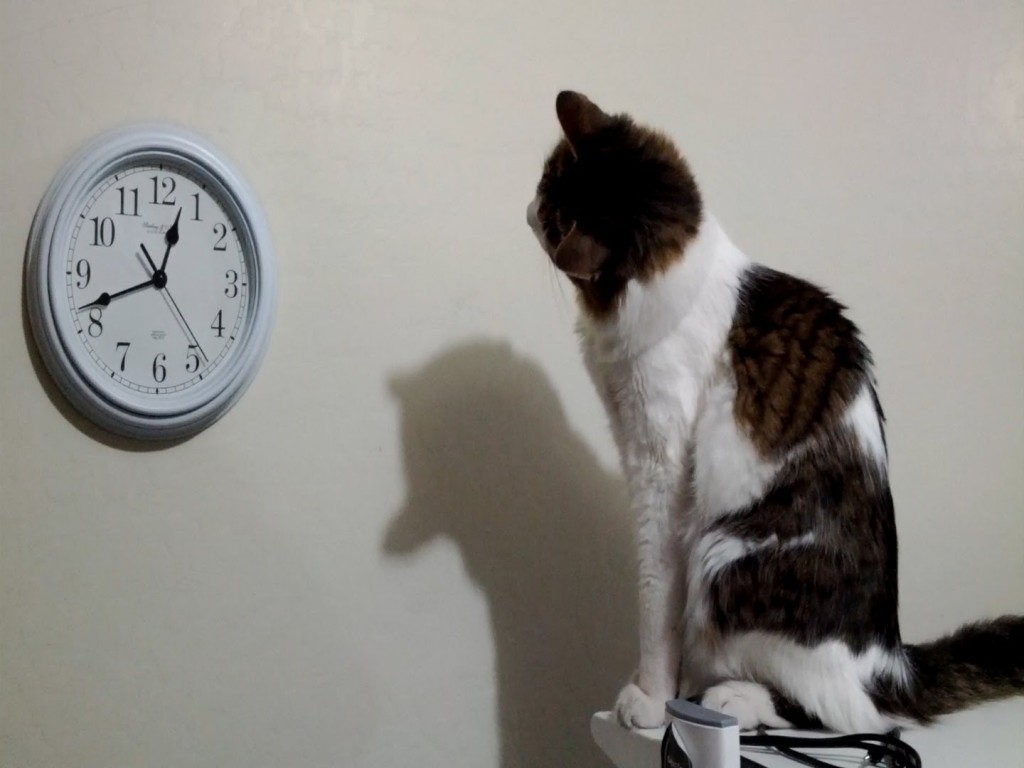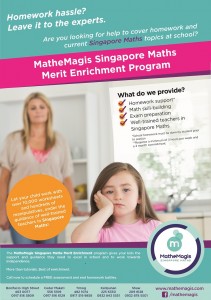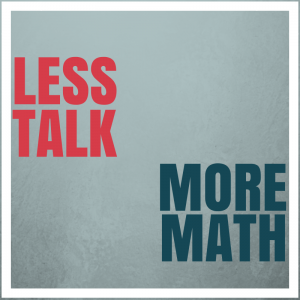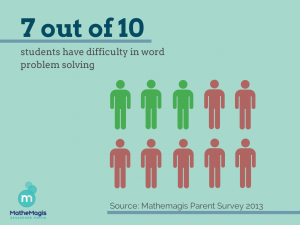Have you noticed how your child spends long hours trying to study especially before a test?
If your answer is yes and yet he/she still flunks at school, then it is probably time to show them how to study well without burning out.
It’s never too early or too late to develop good study habits for your child. Can’t be your child’s constant study buddy? Don’t Worry! Try out a few of these tips before your child’s next exam and she’ll soon have an A-level test-prep skills.
#1 Create a stress-free environment
According to Medina’s book, a stressed brain is not receptive to learning. Easier said than done but the nagging and fighting over homework is counter-productive and hurts your child learning. Be calm, plan sessions ahead of time and make sure you have all the materials ready prior to starting review sessions. Make sure your child is not hungry or sleepy as well.
#2 Study ahead of time

Oakley suggested spaced repetition in doing review sessions. Which means that instead of cramming 4 hours the day before the test, it will be better to study 1 hour per day for 4 times the week before the exam. Doing so helps the brain absorb the information and gives the brain time to make the brain connections to cement the learning in long-term memory.
Cramming works but only in the short-time. Children forget what they learned easily and will be challenging for something very structured and hierarchical such as in Math where topics and concepts build on previous learning. For example, you need addition to learn multiplication and you need subtraction for division.
#3 Get enough sleep.

During sleep, the brain puts together all the knowledge and information learned essential to retention. It is also the time when the brain “cleans up the toxins”. So make sure your child doesn’t lose sleep when studying.
#4 Visuals is the key

As per Medina, “Vision trumps all other senses” and creating and explaining very abstract concepts in math with drawings and visuals help children understand and remember. Use of bar-models and other visual strategies will help
#5 Take a Break
Frequent breaks are important in refreshing the mind and lessening stress. Oakley suggest 20 minutes of work interspersed with 5 minutes of break time to give the brain a chance to relax.
Do you have any questions with regards to how to make your child do better in Math exams?

Call our centres now and see how we can help your child be the best in Math that they can be.
Source:
A Mind for Numbers by By Barbara Oakley Brain Rules by John Medina







